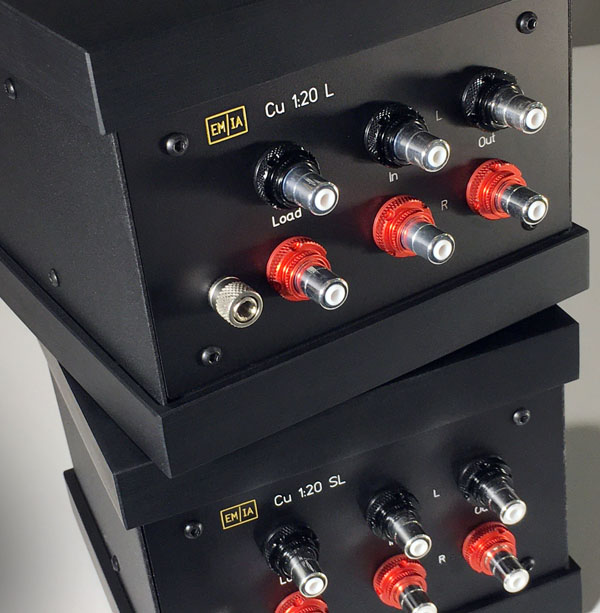Some of you may aware of my Garrard 301 project, it’s now very close to completion. The plinth finally shipped from Hungry after 3 months of long wait.
Given my last experience with Hana Umami Red, I would like to take things to the next level. Which brings me to mating low output cart with a SUT. Every review I’ve read so far suggests when the SUT-MC match is right, the end result is heavenly. The bass is right, the midrange is clear, and most importantly, the highs are relaxed and extended—not rolled off.
I am not saying you can’t get great sound without a SUT but it appears with a properly matched SUT, sound can be quite magical.
Thought this would be the right time to get input from experienced users here since I am still contemplating my cartridge and outboard phonostage options.
My preference would be to go with a tube phono…I kinda miss tinkering with tubes :-)
My system, Garrard 301 (fully refurbished), Reed 3P tonearm, Accuphase E-650 with built-in AD50 analog board ➡️ Tannoy Canterbury’s.
Cart and phono under consideration through my dealer,
Fuuga - Output : 0.35 mVrms | Impedance : 2.5 Ω (1kHz)
Phonostage - Tron Convergence and Konus Audio Phono Series 1000
The cart - MC combination, I am lusting after is Etsuro Urushi Bordeaux MC with their Etsuro Transformer.
https://www.etsurojapan.com/product/bordeaux
The other transformer is EMIA, cooper or silver version.
Your input is appreciated!


